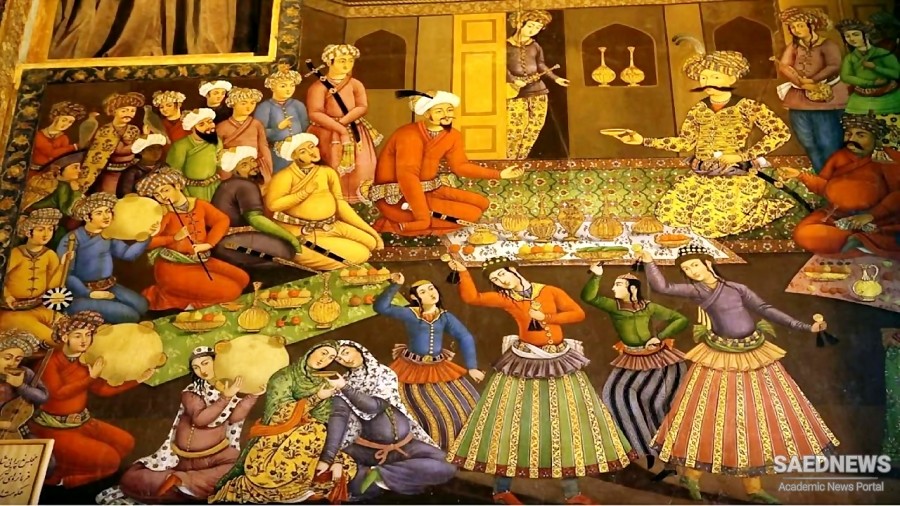The following characteristics are shared between Iranian and other Central Asian music:
# The music is mainly monophonic, with each instrument in an ensemble following one melodic scheme.
# The music is based upon a modal system; with each mode engendering different melodic types, called gushehs in Farsi. The execution of the melodic types are left up to the musician.
# The use of microtones divides the scales into more than twelve semi-tones.
# A priority is given to ornamentation.
# There are a number of substantial pauses in each piece.
The following are characteristics which distinguish Persian music from other Central Asian music:
# Melodies are concentrated on a relatively narrow register.
# Melodic movement occurs by conjunct steps.
# Emphasis is on cadence, symmetry, and motivic repetition at different pitches.
# Rhythmic patterns are kept simple.
# The tempo is often rapid, and the ornamentation is dense.
# Vocal parts are often decorated with Tahrir, a vocal ornamentation similar to yodeling.
# Also, Iranian music is unique in the Middle Eastern tradition in that the different melodic phrases, or gushes are supposed to model the rhythmic stamp and melodic pattern of poetry (Source: IranChamber).


 Persian Classical Music: Background and System of Modes
Persian Classical Music: Background and System of Modes














































